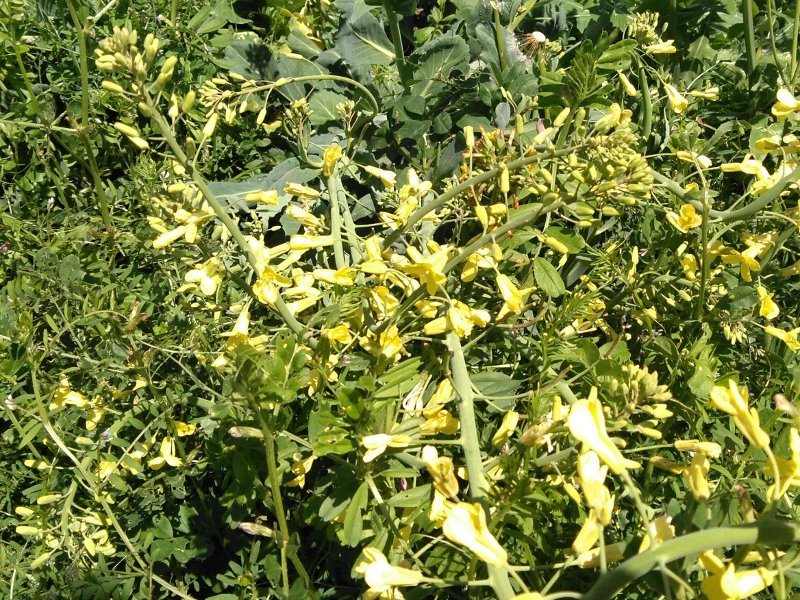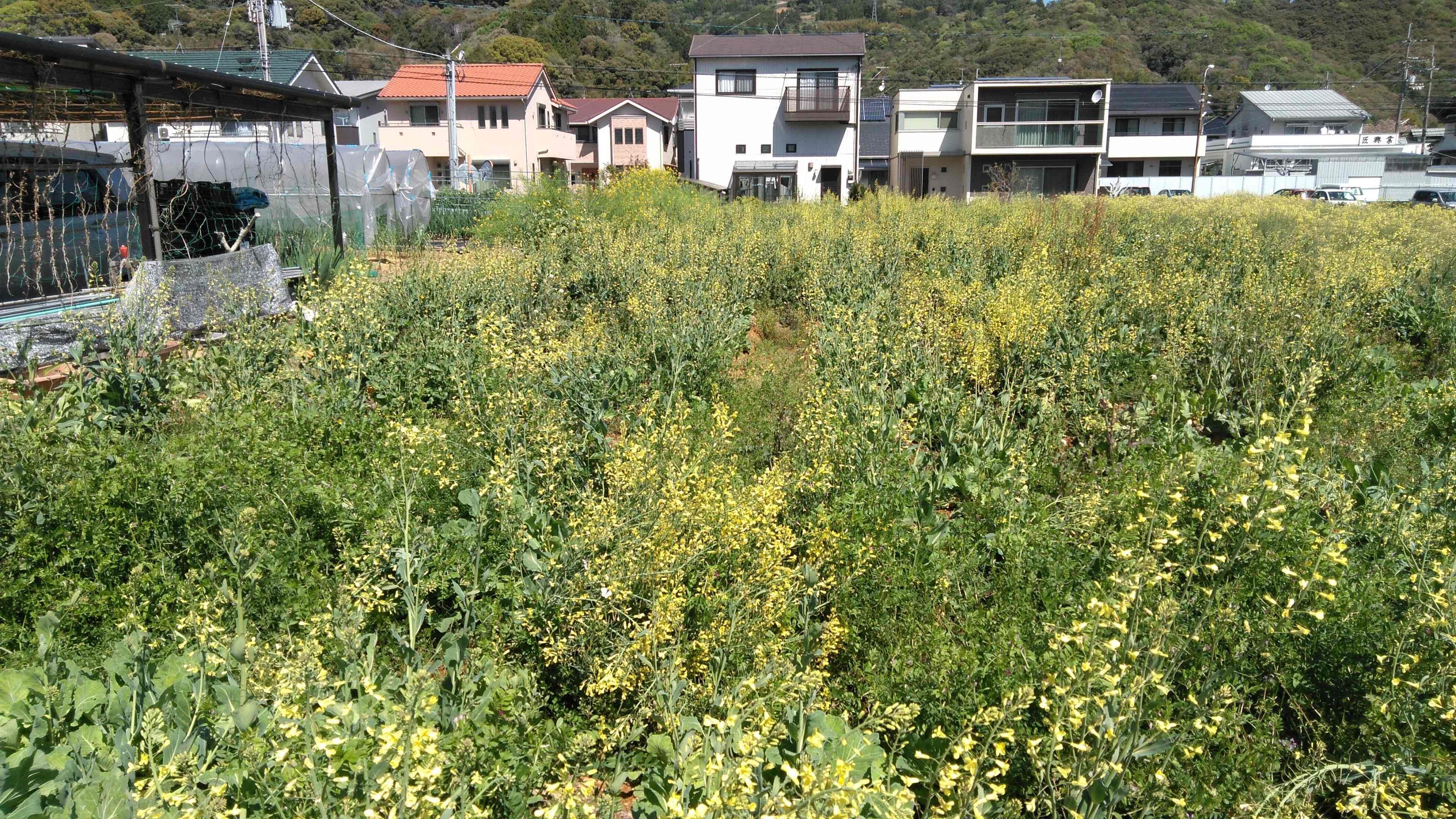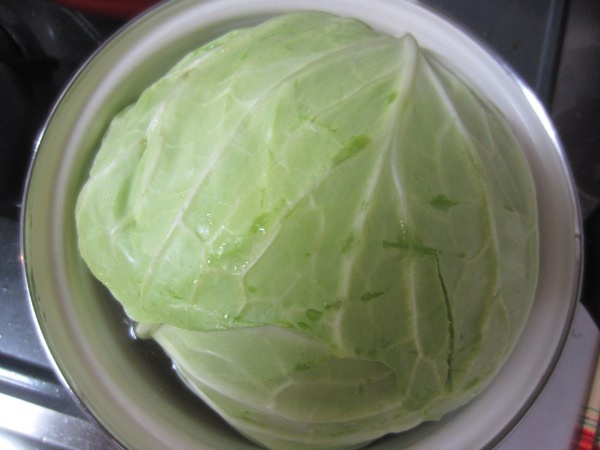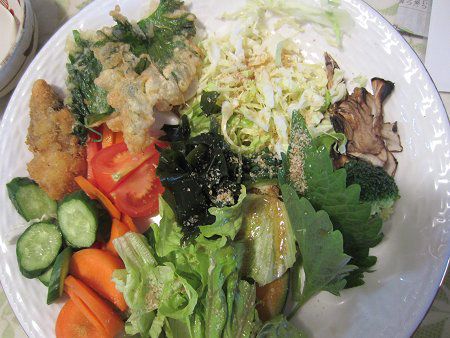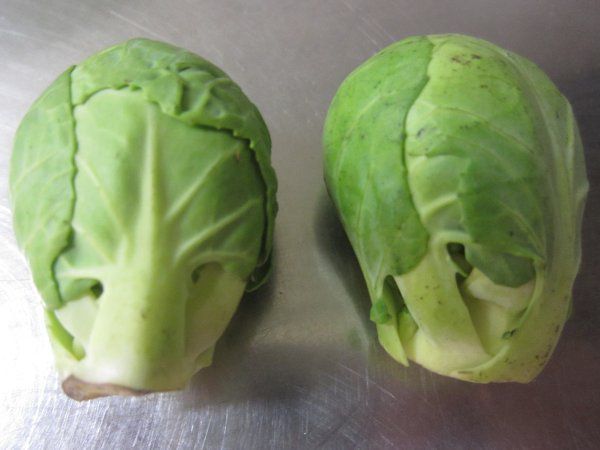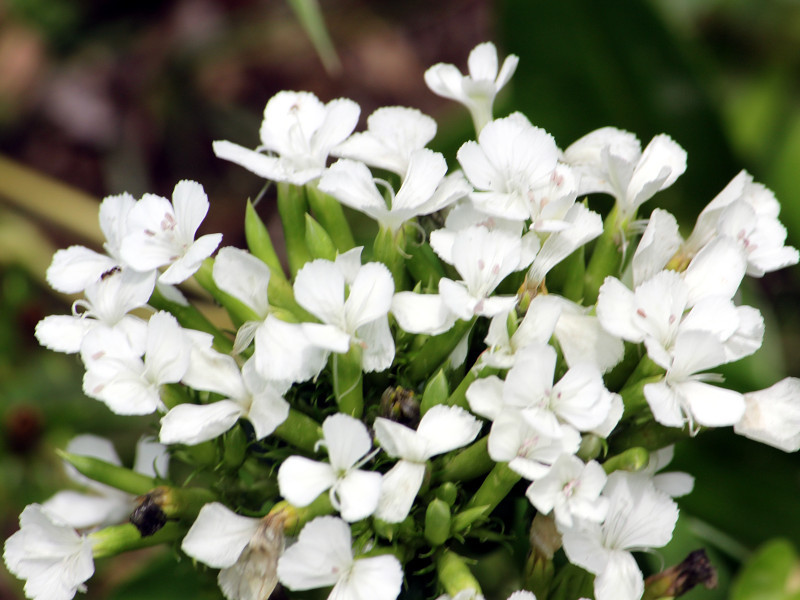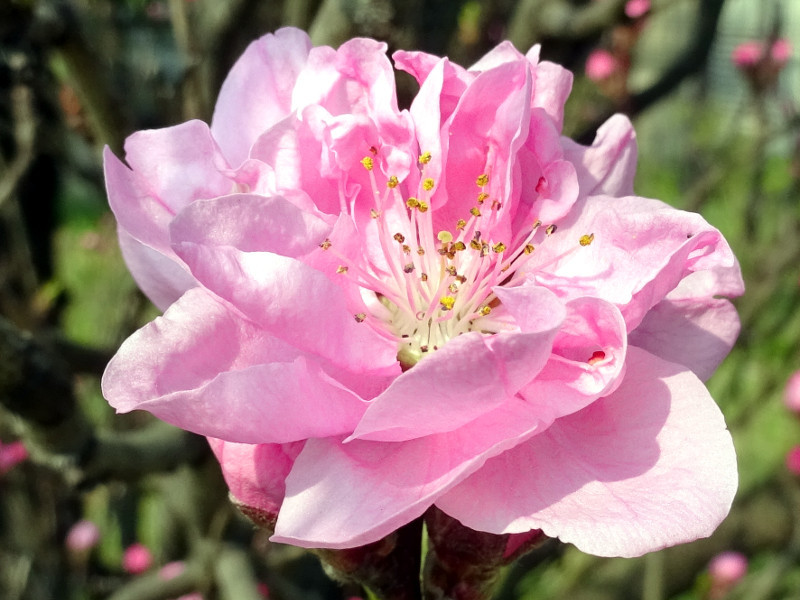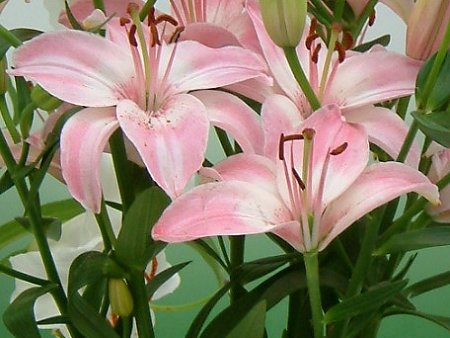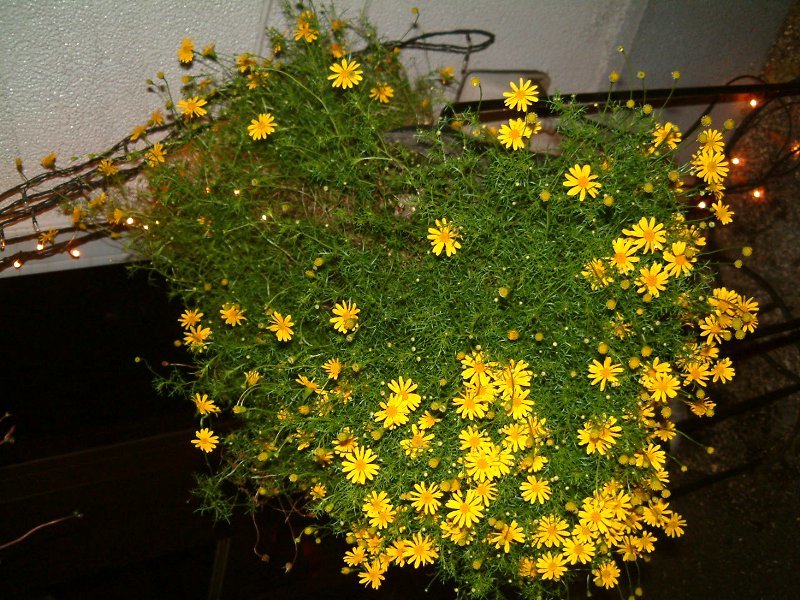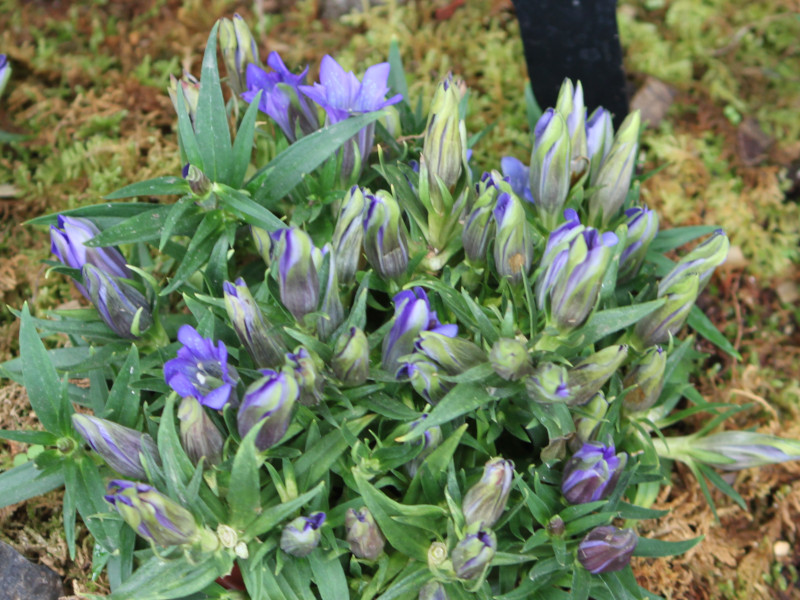Cabbage
- Flower nameCabbage
- Scientific nameBrassica oleracea l. var. capitata
- AliasCabbage, Chou, カンラン, 甘藍, タマナ, 玉菜, Kohl, コール
- Place of originMediterranean coast
- Place of floweringField
- Flowering seasonMarch, April, May
What is Cabbage
Cabbage (scientific name: Brassica oleracea L. var. capitata) is a perennial/annual herb of the Brassicaceae family, native to the Mediterranean. It is a commonly eaten vegetable.
Leaves
The leaves first form the outside. Next, new leaves emerge from the core and grow outward. Finally, it is dammed up by the first leaf, which is then packed and rolled up so that the inside is full.
Cabbage as a vegetable
The pale green and tuberous ones are on the market all year round. Spring cabbage in early spring is sweet and tender. The cabbage is light in flavor and has no bad taste, so it can be used in Japanese, Chinese, and Western dishes. It can be used in salads, chopped cabbage in pork cutlets, okonomiyaki, pickled vegetables, fried foods, cabbage rolls, steamed vegetables, as a base for steaming dim sum, and as an ingredient in gastrointestinal medicine. It is rich in vitamines and contains vitamins C, A, B1 and U, carotene and calcium.
Cabbage
Cabbages include the native kale, stem-eating kohlrabi, flower-eating broccoli (Broccoli) and cauliflower (Cauliflower), axillary bud-eating meerkat, flower-viewing havana (leaf peony), and purple cabbage.
Common name: Cabbage, scientific name: Brassica oleracea L. var. capitata, also known as Chou (French), Kohl (French), Kohl (German), Camellia sinensis, Tamana, Country of origin: Mediterranean Sea; Height: 30-100 cm; Leaf shape: spherical; Ball diameter: 30 cm; Leaf color: light green; Flower diameter: 2 cm; Flower color: yellow; Flowering season: March-May.

